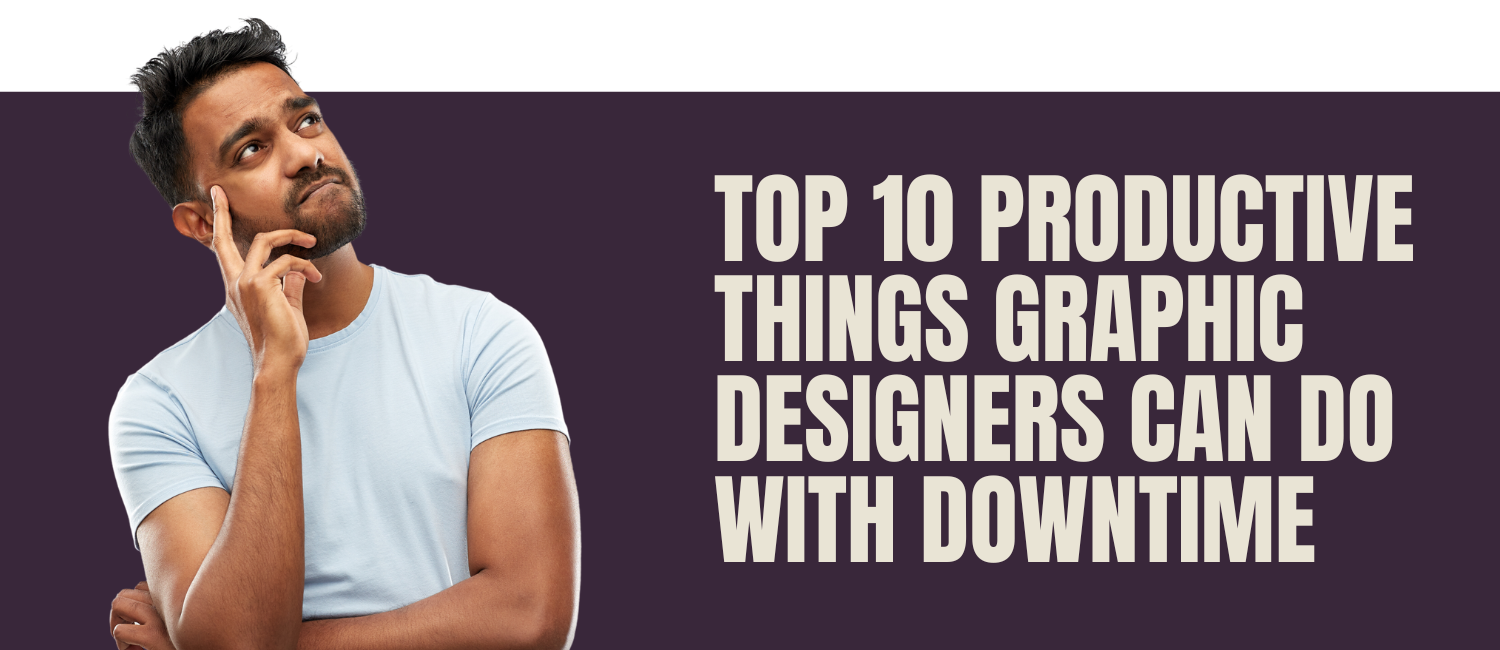Advice for Creating Your Graphic Design Resume
Your graphic design resume is often the very first thing potential employers are going to look at, especially if you’re applying for a role in the traditional method. Because of this, you want to create a resume that stands out from the crowd and best represents you and your work.
In this guide, we’re going to look at the essential things you should do when creating your graphic design resume. Keep reading to see the tips!
Don’t Go Crazy on the Design
I know you want to show off your creativity on your resume, but if you're applying for jobs online, you need to be mindful of applicant tracking systems (ATS). These systems scan resumes for keywords and other relevant information, and they can have trouble reading files with design elements like unusual fonts, images, or text boxes.
These are essentially computers that scan through your resume to pull out the most important information, and then sort that into standardized tables and databases that recruiters can look through.
To make sure your resume gets through the ATS, keep it simple and straightforward. Use a standard font and format, and avoid using too many graphics or images. You can still showcase your creativity in other ways, such as by using a creative header or by including a portfolio link.
Include a Link to Your Portfolio
Your portfolio is one of the most important tools you have to show off your creativity, so make sure to include a link to it in your resume.
We spoke about applicant tracking systems in the point below, but (I’m sure you’re shocked), they make an appearance here too.
When writing your graphic design resume, be sure to make your portfolio link as clear as possible, ideally in the About Me section. Additionally, if you’re writing about past experience and projects, be sure to include links where recruiters can read case studies for each.
Tailor Your Graphic Design Resume to Every Role
When it comes to graphic design resumes (and any resume for that matter) there is no one size fits all approach.
When you see a job that you like the look of, be sure to tailor your design resume to both the role and the business. If you have an experience that the job role is specifically looking for, but it’s not already included on your resume, add it in!
Additionally, do a little bit of research on the business or brand you’re applying to. By understanding their culture and goals, you can better tailor your resume to suit their individual needs. By showing exactly how you align with the business (and have the skills they’re looking for) you can give yourself the best chance of being invited for an interview.
Use the Right Keywords
It’s time to talk about the applicant tracking systems again! As well as indexing your resume, these systems also scan for keywords relating to the specific role that the business is hiring for.
For example, if a brand is looking to hire a brand designer, a recruiter will likely search for things like branding, brand project, brand designer, etc.
So when writing your graphic design resume, it’s vital to think about the keyword you’re using and how they’ll appear when ATS systems are searching for them. Again, as with the point above, you should look to customise and tailor your resume keywords for each role you’re applying for.
Reduce, reduce, reduce!
Recruiters read through, quite literally, hundreds of resumes every day. And the brutal reality is that any resumes that can’t be skimmed through will likely be discarded right off the bat. Because of this, you must be limiting your graphic design resume to a single page, and reducing the text you’re using as much as possible.
A good rule of thumb when writing a design CV is removing anything and everything that isn’t explicitly relevant to the role you’re applying for. Drop filler words, unneeded sentences, and anything else that could be considered “clutter.”
Conclusion
And there you have it! With those tips, you’ll be able to craft a graphic design resume that’s concise, interesting, and stands out from the crowd.
When writing a resume, it’s important to get an extra pair of eyes to go over it, making sure that everything’s ready to go before you hit submit on your dream role.
I’ve been writing and editing resumes, articles, guides, and more for years, both for myself and for my clients, so… if you need someone to review your graphic design resume, I’m here to help!
Get in touch here and I’ll be sure to get back to you ASAP!




![Affirmations for Graphic Designers to Help You Keep Going [INFOGRAPHIC]](https://images.squarespace-cdn.com/content/v1/5cfebab7bfcecb000194cc60/1711646088600-495MRCVU0Y8Y9GS07B7A/05+-+Cover+-+Affirmations+for+Graphic+Designers+to+Help+You+Keep+Going.png)
![Colour Psychology: What Colours Mean Around the World [INFOGRAPHIC]](https://images.squarespace-cdn.com/content/v1/5cfebab7bfcecb000194cc60/1711645558379-2W1EOZ0VHHFYZOL9OIV9/04+-+Cover+-+Colour+Psychology+-+What+Colours+Mean+Around+the+World+%5BINFOGRAPHIC%5D+.png)






